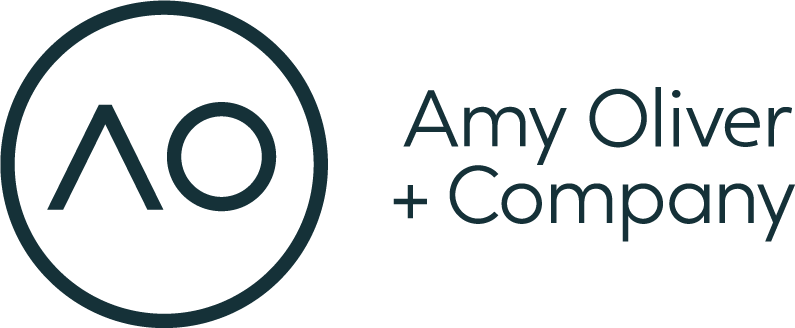The Pareto Principle in community pharmacy
This article explores how a focus on the 20% of patients who contribute the most to a healthcare practice’s value could not only enhance patient outcomes but also boost business success.
The Pareto Principle, also known as the 80/20 rule, suggests that roughly 80% of outcomes result from 20% of causes.
When applied to patient care, this principle implies that 20% of patients often contribute to 80% of a healthcare practice’s value. This concept challenges the idea that all patients are equal in their health needs and therefore in the value they bring to the business.
It’s no surprise to any of you that patients are not all created equal. Yet healthcare professionals often strive to provide the same level of care to all patients, regardless of their health status. While this approach stems from a desire to uphold ethical standards and prioritize patient well-being, it is essential to remember that not all patients have the same health needs (or the same impact on the business).
Patients vary greatly in their health conditions, treatment adherence and social determinants of health. What if health care of the future shifted from trying to provide the best care for everyone all at the same time, towards working to close the enormous gap that exists between the healthiest patients and those with the highest need? What if we stopped planning our practices based on averages and instead focused on the complexities at hand?
As pharmacists in community pharmacy, you must be judicious in how you allocate your time and energy. While we must, of course, provide care to all patients, focusing on the 20% who contribute the most value can lead to better patient outcomes and business success (win-win). By identifying these high-need, high-value patients, pharmacists can tailor their services to meet their specific needs, potentially improving medication adherence and health outcomes not only in individuals, but across populations.
Here are a few strategies to identify and cater to high-need, high-value patients:
Identify high-value patients: Use analytics to identify patients who need the most care while also contributing value to the business. This can include patients who purchase high-margin medications or require frequent consultations due to concurrent medical conditions.
Tailor your services: Customize services for high-value patients to address their specific needs and improve their overall experience. Get creative by looking at other services that are out there and asking: Who is being left behind here? How can we help them?
Streamline processes: By implementing efficient workflows, pharmacy teams can spend less time on administrative tasks and more time on patient care. Those efforts can lead to improved patient outcomes and increased business value. Lean management isn’t all about cutting costs. It’s about reinvesting the savings from efficiency back into the business and core services you provide to your communities.
So, what steps are you actively taking to bridge the gap in health outcomes and healthcare access across diverse populations, rather than assuming a one-size-fits-all approach? How can you brainstorm new strategies within your practice that not only promote health equity but also ensure financial sustainability for your practice?
Adapted for general health practices from publications written for Pharmacy Practice + Business magazine:
https://www.canadianhealthcarenetwork.ca/pareto-principle-community-pharmacy
